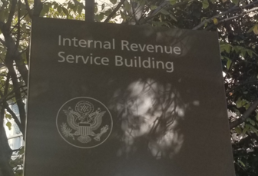
Some people have filed their tax return, received a refund and already spent it. Others have filed and paid and the “pain is over” for another year. But for many who have not filed and are looking at the calendar and saying “Oh, no!”, here are some tips.
If you haven’t filed because of a natural disaster in your area, you may not have to do anything. The IRS gives a state by state accounting of any special things going on around the country that might affect filing deadlines. Click this link, go to your state and see: https://www.irs.gov/newsroom/around-the-nation.
If you don’t have anything under special rules then you may extend the filing of your paperwork by submitting form 4868 https://www.irs.gov/pub/irs-pdf/f4868.pdf to the IRS. Remember, this will only extend the time required to file your return. Any additional tax that you owe beyond what you have already paid in or had withheld still needs to be paid by the April due date to avoid interest and penalties. The problem for many taxpayers is that they don’t know what they will ultimately owe. Incomes and deductions as well as expenses change from year to year, and without doing the actual return, how would you know how much to send with your extension?
The answer for most is to simply pay in at least 100% of what you paid in tax last year (including what you have already had deducted from your pay, of course). Not what you overpaid and then got back as a refund, but the total that you paid and didn’t get back. That’s the real tax paid. Of course, the IRS never does anything without exceptions, so if you’re a higher income earner then to be safe, send in 110% of what you owed in total tax last year. These general rules of thumb cover the vast majority of regular taxpayers.
All of this can be done online and even with credit cards, but of course that adds fees, so writing a check and going to the USPS would be a bit cheaper. If you do send it by mail, we recommend that you send it certified mail. Mail is lost every day in the U.S. and you may need proof that you did send it to avoid penalties.

